The complex relationship between the Japanese and robots
Japan is deploying robots in nursing homes, offices and schools as its population ages and its workforce shrinks
At a certain 400-year-old Buddhist temple, visitors can stroll through peaceful rock gardens, sit down to a quiet cup of tea, and receive Buddhist teachings from an unusual priest: an android named Mindar.
He has a serene, neutral-looking face, neither old nor young, neither male nor female. In addition to the realistic skin covering the head and upper torso, it looks unfinished and industrial, with exposed pipes and machinery. But Mindar is quite sophisticated when it comes to philosophy, talking about an obscure Buddhist text called the Heart Sutra.
Such a robotic priest can only exist even in a place like Japan, in this case the beautiful Kodai-ji Temple in Kyoto.
Japan has long been known as a nation that manufactures and engages with humanoid robots more enthusiastically than any other.
everyday objects
Some observers of Japanese society say that the country's native religion, Shinto, explains its predilection for robots.
Shinto is a form of animism that attributes spirits, or kami , not only to humans but also to animals, landscapes like mountains, and even everyday objects like pencils.
"All things have a bit of a soul," in the words of Bungen Oi, the head priest of a Buddhist temple who held funerals for robotic dogs.
According to this view, there is no categorical distinction between humans, animals and objects, so it's not all that strange for a robot to demonstrate human-like behavior — it's just showing its particular kind of kami .
"For the Japanese, you can always see a deity inside an object," says Kohei Ogawa, chief designer of Mindar.
Robots could become commonplace in the construction industry
Japan's animism contrasts with the philosophical traditions of the West. The ancient Greeks were animists because they saw spirits in natural places like streams, but they considered the human soul and mind to be distinctly separate and above the rest of nature.
The Abrahamic religions (religions such as Christianity, Islam, and Judaism that share the biblical character Abraham) place humans on an even higher pedestal, as God's greatest creation, the only bodies that have immortal souls.
The ancient Israelites were warned against attaching spiritual value to objects, not to practice idol worship, a form of heresy expressly prohibited by the Ten Commandments.
Some forms of Islam are especially averse to idolatry and prohibit the creation of any image of humans or animals.
don't mess with nature
According to the traditional Western view, a machine that acts like a person is violating natural boundaries, dangerously confusing the sacred and the profane.
That ethical caveat figures prominently in modern myths about technology such as Frankenstein, who derive much of their moral message from the Bible, says Christopher Simons, professor of comparative culture at Tokyo International Christian University.
robots playing a soccer match
"Dr. Frankenstein creates another life in the monster. It's like humans eating from the tree of knowledge in Eden. That's original sin; as a result, we're punished," he says.
At the tragic end of the story, with dr. Frankenstein and his dead monster, the lesson is clear, says Simons: "Be careful, human beings. Don't assume the role of God."
The 1920s Czech theater play RUR, which introduced the word "robot," is full of religious themes: one character creates androids to prove there is no God, another argues that robots must have souls, and two robots who fall in love are named of "Adam and Eve".
At the end of the story, robots kill all humans except one.
An industry booster
Some researchers say the roots of Japan's positive view of technology and robots in particular are primarily socioeconomic and historical rather than religious and philosophical.
In the years after World War II, Japan turned to new technologies to rebuild not only its economy but also its national image.
Pepper is a semi-humanoid robot designed to 'read emotions' already in use in the service and retail sectors.
"Industrial robots played an important role in Japan's economic renaissance during the 1960s," said Martin Rathmann, a Japanese academic at the University of Siegen in Germany.
"Instead of easing strict immigration policies to help with labor shortages, they introduced widespread automation through robotics." After automating its own manufacturing lines, increasing efficiency and production, Japan has become a major exporter of industrial robots to other countries.
When some engineers made the leap from functional and industrial robots to humanoid robots that interact with people, Japan's history probably influenced how they are viewed.
In 1649, Japan's military rulers had banned the use of technology to develop new weapons, to prevent the emergence of new rivals, according to research by Cosima Wagner, a researcher at the Freie Universität, in Germany.
Thus, the creators focused on more innocuous projects, such as mechanical puppets that act in puppet theaters or serve tea.
Robot engineer Hiroshi Ishiguro created a 10-year-old infant android robot named Ibuki
When Japan finally opened up to foreign contact two centuries later, these skilled toy developers blazed a trail in adapting Western technology to more practical uses.
In 1875, for example, doll maker Tanaka Hisashige founded Tanaka Seisakusho (Tanaka Engineering Works), Japan's first mechanical engineering company. And 64 years later, in a major merger, the company became known as Toshiba.
'Valley of Strangeness'
Although protorobots went out of fashion during Japan's rapid modernization of the 20th century, the idea of mechanical beings as diversions may have remained in the national consciousness.
When Masahiro Mori, the famous robotics thinker who coined the term "Valley of Strangeness," began researching robots in the 1970s, he found it difficult to be taken seriously.
The phrase, which refers to the discomfort we feel when confronted with human-like entities, seemed to contradict Japan's relationship with robots.
A giant Gundam robot in Tokyo's Odaiba district
"At that time, people didn't think universities should do research on robots," he said in an interview with IEEE Spectrum magazine .
"They thought it was superfluous to work on a 'toy'." Japan was forced to demilitarize during the American occupation, and the officially pacifist nation made little effort to use robots as weapons.
These factors helped to instill a generally positive view of robots in postwar Japan. Industrial automation provided a great economic advantage and humanoid robots were an innocuous curiosity. The West, for its part, tended to take a less optimistic view.
The United States, concerned about the Cold War, poured funds into robotics for military use, which generated an aura of violence over the countryside.
Western workers have long viewed automation as a threat to jobs, ever since the Luddites destroyed textile machinery in England in the late 18th and early 19th centuries.
manga superstar
One of the most influential Japanese characters is Astro Boy, who was introduced to manga comics in 1952.
These divergent views of technology were revealed in the pop culture of the second half of the 20th century.
One of the most influential Japanese characters of this era was Astro Boy, who was introduced to manga comics in 1952 and has gone on to appear in books, TV shows, movies, and a wide range of merchandise such as action figures and figurines.
Astro Boy was an android who used his superhuman powers for good and united the country around a positive message about technology — even though he wasn't originally created for that.
"According to [Astro Boy Osamu creator] Tezuka, he was forced to paint a very optimistic portrayal of technology (...) by his publisher and readers to give hope to the Japanese, who in the 1950s still suffered from technology. destruction of war and the awareness of its technological inferiority in relation to the Western victors of the war", writes Wagner.
"Tezuka's message of a critique of human behavior was not understood; instead, only the friendly character of a savior robot was envisioned as hope for the future of Japanese society."
A robot makes an "okonomiyaki", a popular Japanese pancake
The message left a powerful imprint on a generation of Japanese, especially those who would make their own androids.
"Japanese robotics is driven by Astro Boy's dream," according to engineer Yoji Umetani. "'If there were no robotics fiction, there would be no robotics' is the credo of many of Japan's leading robotics researchers and developers.
"Since high school, they dreamed of Astro Boy and became roboticists because of him."
The West has also told some positive stories about robots, but the most influential are about the threats they pose to humanity.
In 2001: A Space Odyssey, Hal's intelligent computer system turns rogue and kills several of the crew of the ship it controls. In the short story The andr the ides dream of electric sheep? and its film adaptation, Blade Runner , convincingly human-like androids rebel against their slavery until they are hunted down and killed.
Fear of robots West was crystallized most strongly in the series Terminator ( The Terminator ), in which the network of defense computers SkyNet gains self - awareness, human try to turn it off and SkyNet uses called androids Terminators to wage war successfully against them.
The West's fear of robots was most powerfully crystallized in the 'Terminator' series
Many works of Western science fiction address the same moral warnings as Frankenstein and RUR: the madness of creating artificial life, the paradox of the impossibility of people coexisting with our most sophisticated creations.
Meanwhile, Japan, less concerned about an uprising, is eager to use robots to make up for an acute labor shortage and tackle tasks such as caring for the country's rapidly growing elderly population.
As in the postwar years, government and business are pushing automation to help the economy, contributing to national enthusiasm for robots.
But while Astro Boy helped create Japan's enthusiasm for the idea of robots, he may also have contributed to the country's ambiguity about them.
Rathmann says the Japanese have "Astro Boy syndrome": they tend to imagine intelligent, flexible, and powerful humanoid robots, but so far real-life robotics haven't lived up to their expectations.
He says that based on the technology now available, engineers working on robots for seniors should focus on making simple devices that integrate seamlessly into homes, rather than flashy devices that are impressive but expensive and impractical.
Ultimately, even the Japanese may prefer their human needs to be met by real humans.
"When I traveled to Japan, I found that Japanese health centers are not crowded with robotic devices," says researcher Marketta Niemela. "The human touch is appreciated."
Astro Boy gave Japan an optimistic vision of a robotic future. The Japanese maintain this optimism, but robots belong, for now, to the future.
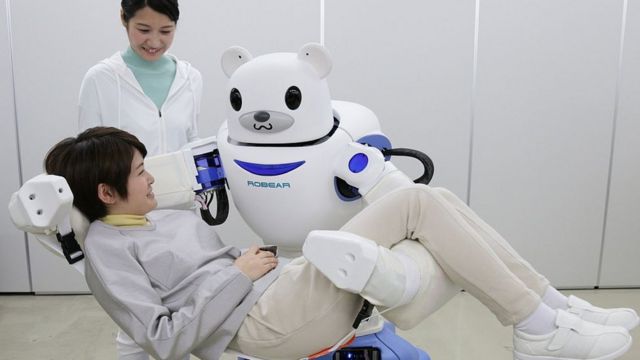

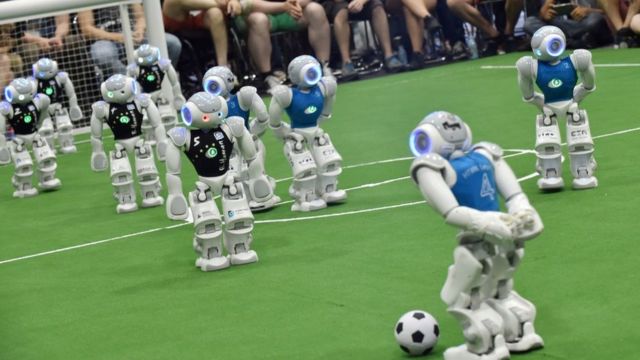
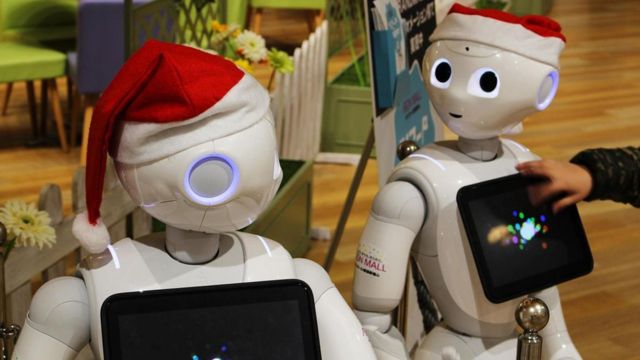
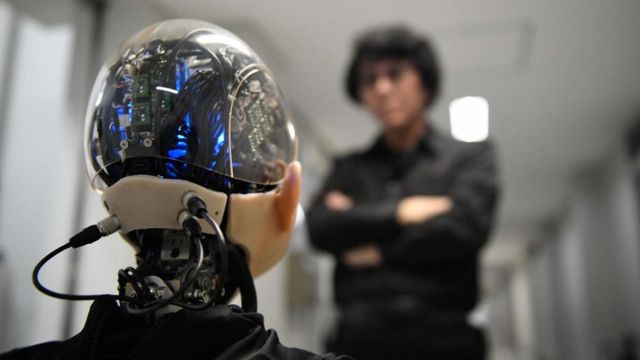
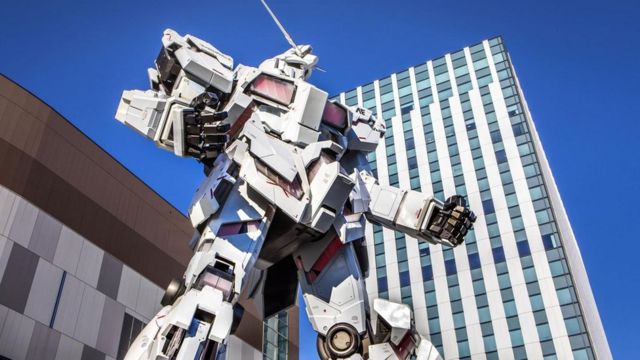
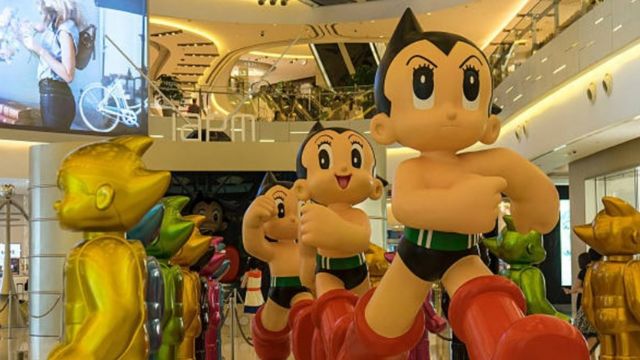
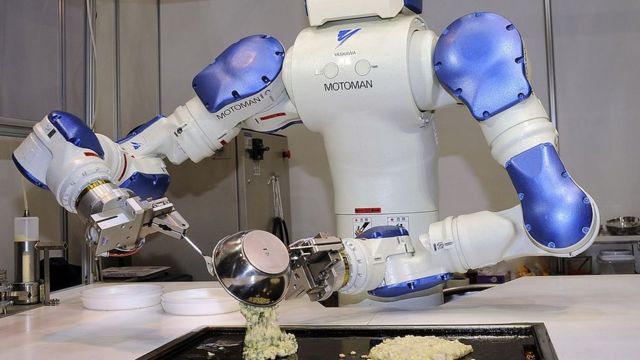
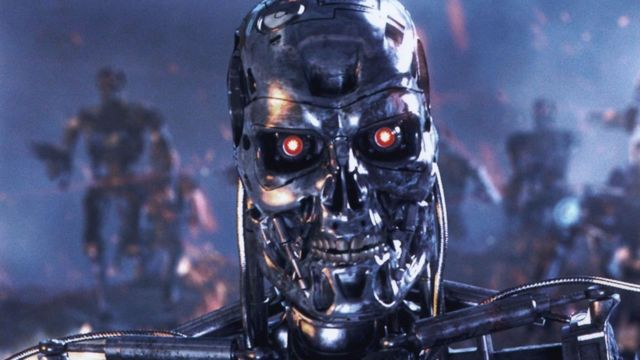


No comments:
Post a Comment